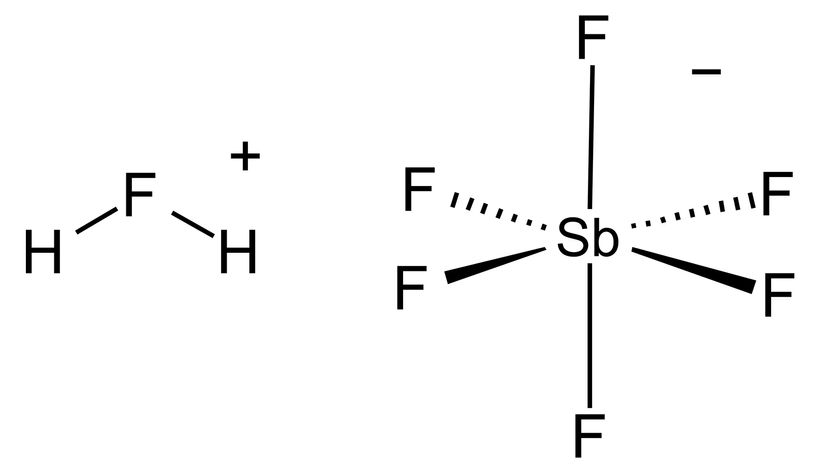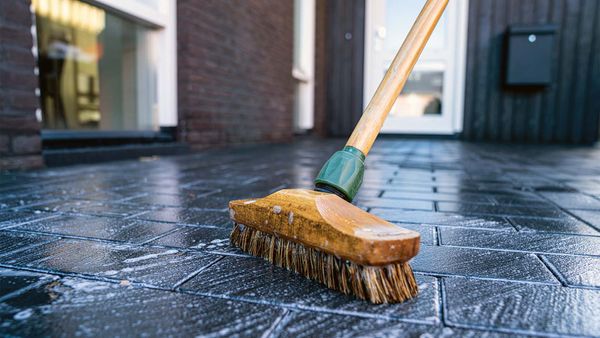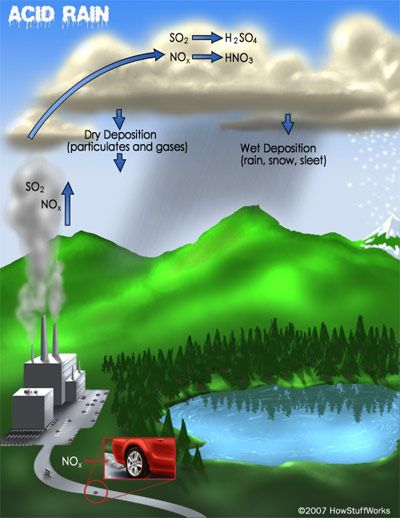
有些酸足够安全,即使是房主can use them, likemuriatic acid. It's designed to be used as a household cleaner, as long as you follow the directions and all safety precautions.
Then there are other acids that are simply too caustic and corrosive to be handled by anybody. So what happens when you mix two of those? You get something altogether stronger. For instance, when equal amounts of the acids hydrogen fluoride (HF) and antimony pentafluoride (SbF5) are combined, the results are too remarkable to ignore. You don't get just any other acid. You end up with thestrongest superacidknown to humankind — fluoroantimonic acid, aka HSbF6.
Advertisement





